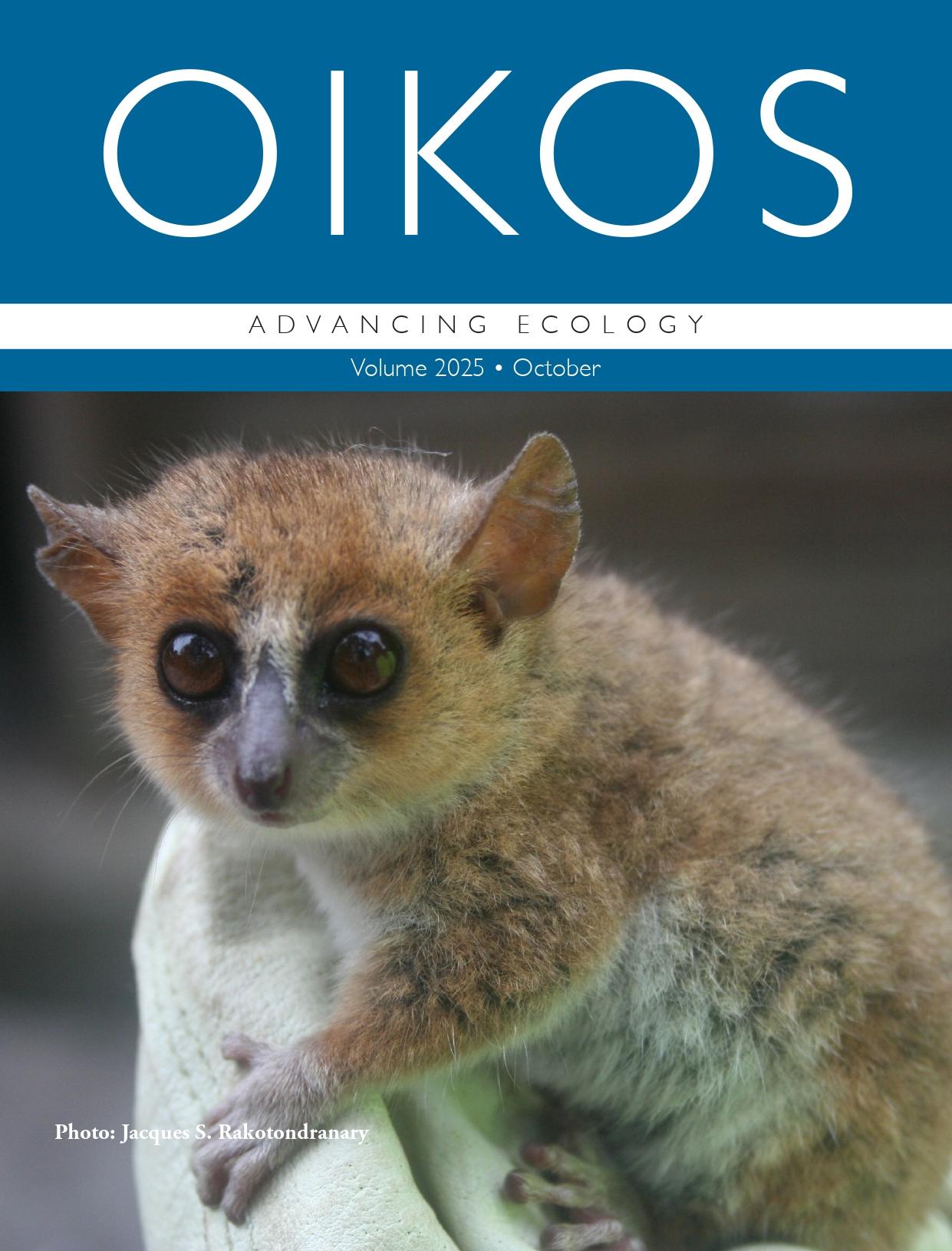PROTECT YOUR DNA WITH QUANTUM TECHNOLOGY
Orgo-Life the new way to the future Advertising by AdpathwayKuo Sun and Zhenzhu Xu, Institute of Botany of the Chinese Academy of Sciences, discuss their article: Global coordination and trade-off of grassland species traits and climatic drivers
Grasslands stretch across vast parts of the world — from the wide prairies of North America to Africa’s savannas and the steppes of Asia. These landscapes are more than just beautiful open spaces: they store carbon, protect soils, conserve water, support wildlife, and help regulate the climate. Yet, they are increasingly under pressure from climate change and human activities. To protect them, we need to understand how the plants that make up these ecosystems function — and how they might adapt to climate and land-use change in the years ahead.
Our research focuses on one part of plants in particular: their leaves. Leaves are not just “green solar panels” for photosynthesis; they are essential to a plant’s survival. The size, thickness, nutrient content, and other features of a leaf — known as leaf functional traits — affect how a plant captures light, uses water, and grows in different conditions. By studying these traits, we can learn how plants cope with challenges such as drought, heat, or low nutrient availability.
We assembled a large, detailed dataset of leaf traits from grasses and other herbaceous plants around the world. To make sense of this diversity, we grouped species into different plant functional types (PFTs). This classification was based on three key distinctions: 1) Growth form — grasses vs. non-grass herbaceous plants (often called forbs), 2) Photosynthetic pathway — C3 vs. C4 species (two different ways plants capture carbon), and 3) Life history — annual vs. perennial plants (whether they complete their life cycle in one year or live for several years). These categories reflect different strategies plants use to grow and survive. For example, C4 species often do better in hot, sunny environments, while C3 species may thrive in cooler climates. Annuals tend to grow quickly and reproduce in a single season, while perennials invest more in long-term survival.
Field sampling conducted along the Tibet transect. Left: Leren Liu and Kuo Sun (from left to right). Right: Zhenzhu Xu, Hui Li, Kuo Sun, and Ruojun Sun. Photographs by Zhenzhu Xu.
Our findings revealed some clear patterns. Plants in temperate regions tend to follow a conservative strategy — growing more slowly, conserving resources, and focusing on survival. In contrast, plants in boreal, subtropical, tropical, and Mediterranean regions are more likely to adopt an acquisitive strategy — growing quickly to make the most of available resources. Certain plant types — especially C4 species, forbs, and annuals — are often more acquisitive. This fits with the fact that many of these plants are adapted to environments where rapid growth is an advantage, such as with short growing seasons or intense competition.
One important finding is that a relatively small set of traits can explain much of the variation we see among species. These traits don’t work in isolation; they interact through coordination and trade-offs. In some cases, traits work together to boost performance — this is coordination. In others, plants make strategic compromises — for example, having thin leaves that allow fast growth but don’t last long — this is a trade-off. Over evolutionary time, such patterns have shaped the wide range of survival strategies we see today.
 Across a global database of 9,158 site-level observations in grassland ecosystems, we highlighted that the leaf economics spectrum (LES) ranges from species with rapid-growth traits (e.g., high specific leaf area and high photosynthetic rate) to those with slow-growth traits (e.g., low specific leaf area and low photosynthetic rate). These two ends reflect resource-acquisitive and resource-conservative strategies, respectively. Climatic factors can modulate the coordination and trade-offs among plant functional traits. Photos by Kuo Sun.
Across a global database of 9,158 site-level observations in grassland ecosystems, we highlighted that the leaf economics spectrum (LES) ranges from species with rapid-growth traits (e.g., high specific leaf area and high photosynthetic rate) to those with slow-growth traits (e.g., low specific leaf area and low photosynthetic rate). These two ends reflect resource-acquisitive and resource-conservative strategies, respectively. Climatic factors can modulate the coordination and trade-offs among plant functional traits. Photos by Kuo Sun.By identifying these patterns, we are helping to build a framework for understanding how plants may respond to climate change. If we know which traits matter most, and how they work together, we can better predict how plant communities might change — and what this means for the health of entire ecosystems. This is vital, because grasslands are critical to life on Earth. If grasslands continue to degrade, we risk losing one of our most important natural defenses against climate change.
Our work offers a global view that could guide biodiversity conservation and land management. By identifying the traits and strategies that allow plants to thrive under different conditions, we can make better decisions about how to protect and restore these valuable ecosystems in a rapidly changing world.
In short, leaves hold remarkable clues about the future of grasslands. They tell us not just how plants survive today, but how they might adapt — or struggle — in the climates of tomorrow.


 2 days ago
12
2 days ago
12





















 English (US) ·
English (US) ·  French (CA) ·
French (CA) ·